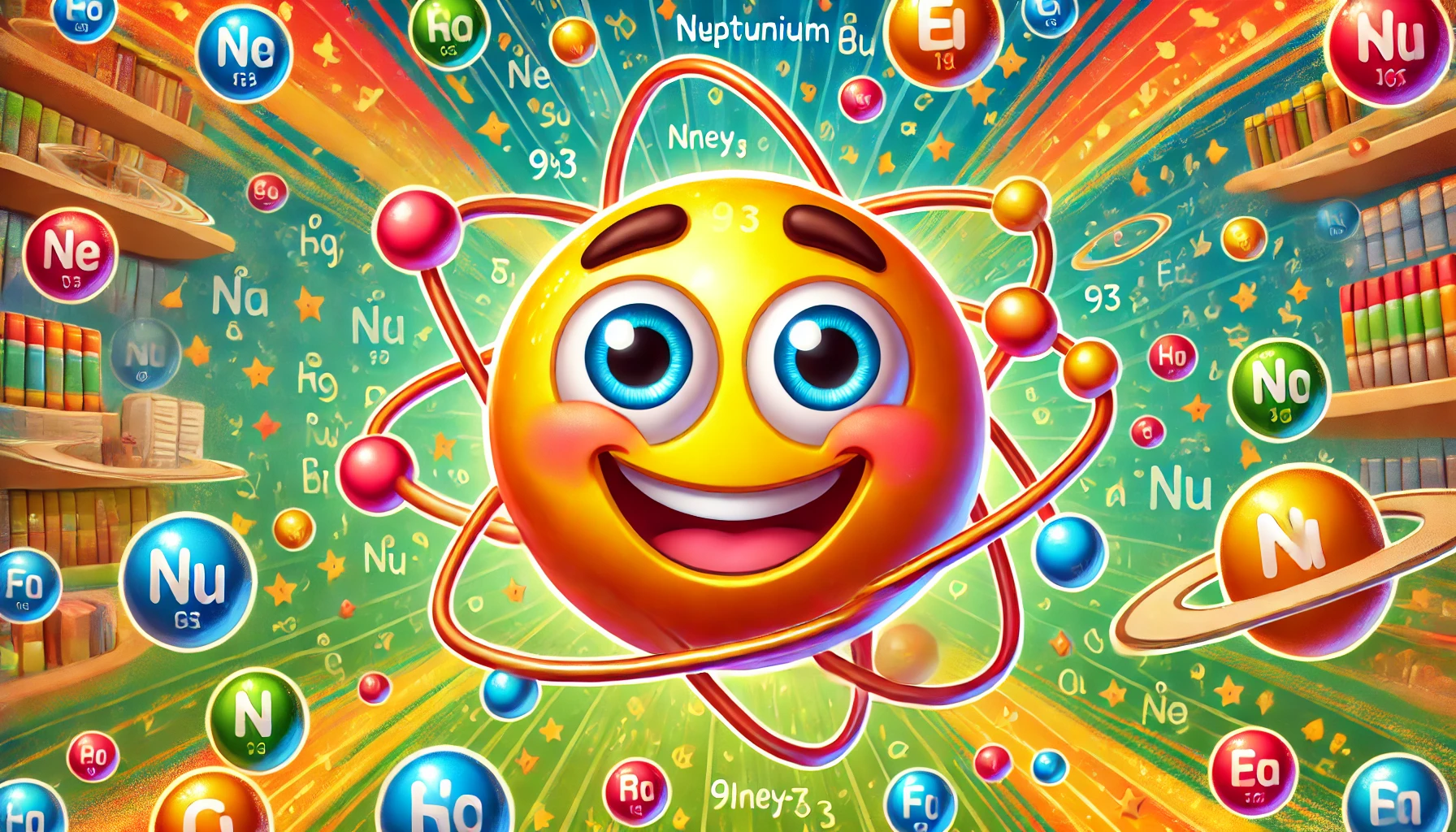Understanding Neptunium: Properties, Uses, Health Risks, and Fascinating Facts
Understanding Neptunium: Properties, Uses, Health Risks, and Fascinating Facts
Table of Contents
- Introduction to Neptunium
- Properties of Neptunium
- Uses of Neptunium
- Health Risks of Neptunium Exposure
- Interesting Facts about Neptunium
- Environmental Impact of Neptunium
- Conclusion
- References
Understanding Neptunium: Properties, Uses, Health Risks, and Fascinating Facts
Introduction to Neptunium Neptunium is a chemical element with the symbol Np and atomic number 93. It is a radioactive metal in the actinide series, first synthesized in the early 20th century. This article explores the properties, uses, health risks, and interesting facts associated with neptunium, providing a comprehensive understanding of this important element.
Properties of Neptunium Neptunium is characterized by several distinct physical and chemical properties.
Physical Properties
- Appearance: Neptunium is a silvery metal that tarnishes when exposed to air, forming a layer of neptunium oxide.
- Density: The density of neptunium is 20.45 g/cm³.
- Melting Point: Neptunium has a melting point of 639°C (1,182°F).
- Boiling Point: The boiling point of neptunium is 4,174°C (7,525°F).
Chemical Properties
- Reactivity: Neptunium is chemically reactive and can form compounds with various elements, including oxygen, halogens, and sulfur.
- Compounds: Neptunium forms various compounds, such as neptunium dioxide (NpO₂), neptunium pentafluoride (NpF₅), and neptunium chloride (NpCl₃).
Uses of Neptunium Due to its high radioactivity, neptunium has limited practical applications but is valuable in scientific research and certain specialized uses.
Scientific Research
- Nuclear Studies: Neptunium is used in nuclear research to study the properties and behavior of transuranic elements, particularly those in the actinide series.
- Neutron Sources: Neptunium can be used in neutron detection equipment and as a precursor for the production of plutonium-238, which is used in radioisotope thermoelectric generators (RTGs).
Potential Applications
- Nuclear Reactors: Neptunium has potential use in nuclear reactors and as a component in mixed oxide (MOX) fuel, though its use is not widespread.
Health Risks of Neptunium Exposure Neptunium is highly radioactive, and exposure can pose significant health risks.
Inhalation and Ingestion
- Radiation Poisoning: Inhalation or ingestion of neptunium can cause severe radiation poisoning, with symptoms including nausea, vomiting, hair loss, and damage to internal organs.
- Bone Accumulation: Neptunium behaves similarly to calcium in the body and can accumulate in bones, leading to bone fractures, necrosis, and increased cancer risk.
Skin and Eye Contact
- Radiation Burns: Direct contact with neptunium can cause severe radiation burns on the skin.
- Eye Damage: Exposure to neptunium dust or vapors can cause eye damage and potential blindness.
Chronic Exposure
- Cancer Risk: Prolonged exposure to neptunium increases the risk of developing various cancers due to its high radioactivity.
Interesting Facts about Neptunium Neptunium has several intriguing aspects that make it an interesting element.
Discovery
- Discovered in 1940: Neptunium was discovered by Edwin McMillan and Philip H. Abelson at the University of California, Berkeley, in 1940. It was the first transuranium element to be synthesized.
Unique Properties
- Radioactivity: Neptunium is highly radioactive and was the first element produced that is heavier than uranium.
- Neutron Absorption: Neptunium-237, one of its isotopes, is a good neutron absorber, which has implications for nuclear reactor design and waste management.
Isotopes
- Radioactive Isotopes: Neptunium has no stable isotopes. The most common isotope, neptunium-237, has a half-life of 2.14 million years and is used in various applications.
Environmental Impact of Neptunium Neptunium is highly toxic to the environment and can pose significant risks to ecosystems and human health.
Natural Occurrence
- Abundance: Neptunium is found in trace amounts in uranium ores and is typically produced synthetically in nuclear reactors.
- Production: Neptunium is often produced as a byproduct of plutonium production and uranium enrichment processes.
Pollution and Bioaccumulation
- Environmental Pollution: Neptunium can enter the environment through industrial emissions, nuclear testing, and improper disposal of radioactive materials.
- Bioaccumulation: Neptunium can accumulate in the food chain, posing risks to wildlife and humans who consume contaminated food and water.
Waste Management
- Nuclear Waste: Neptunium is a component of nuclear waste and poses long-term storage challenges due to its long half-life and high radioactivity. Effective management and containment strategies are crucial to mitigate its environmental impact.
Conclusion Understanding neptunium, its properties, uses, health risks, and interesting facts provides valuable insight into this significant element. While neptunium has limited practical applications, its significance in scientific research and potential use in nuclear technology is considerable. Its high radioactivity and associated health risks necessitate careful handling and responsible management. Ongoing research and advancements in technology continue to shed light on the complexities and potential uses of neptunium in modern science and industry.

<ⓒ WizardMedics (wizardmedics.com)>






